- +033 2572 7171
- info@dhanvantary.com

4.5 Rating | 4500 Review

4.5 Rating | 4500 Review
Bilateral Sacroiliitis is an inflammatory condition that affects both sacroiliac (SI) joints, which connect the spine to the pelvis. The inflammation causes pain in the lower back, hips, or buttocks and can limit movement and quality of life. Sacroiliitis can occur on one side (unilateral) or both sides (bilateral).
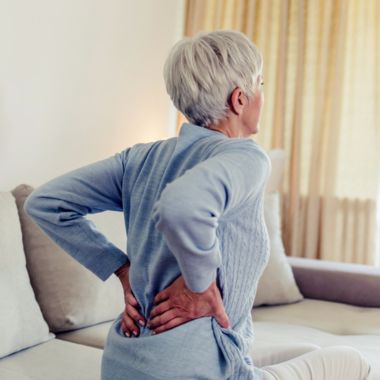
Bilateral sacroiliitis is commonly associated with autoimmune or inflammatory diseases and other conditions, including :
A type of arthritis that primarily affects the spine and sacroiliac joints.
An inflammatory arthritis associated with psoriasis (a skin condition)
Triggered by infection elsewhere in the body, such as the intestines or urinary tract.
Including Crohn's disease and ulcerative colitis.
Bacterial infections, such as tuberculosis, can lead to sacroiliitis.
Injury, pregnancy, or repetitive stress may contribute.
Symptoms of bilateral sacroiliitis can vary but typically include :
Often worse with prolonged sitting or standing.
Especially in the morning or after periods of inactivity.
Walking or climbing stairs can intensify discomfort.
May spread to the groin, thighs, or upper legs.
If left untreated, sacroiliitis can lead to :
Reduced mobility and quality of life.
Erosion or structural damage to the SI joints.
With conditions like ankylosing spondylitis, joints may fuse, leading to reduced flexibility.
Diagnosis involves:
Focusing on pain localization and joint flexibility.
X-rays, MRI, or CT scans to assess joint inflammation, erosion, or damage.
To detect markers of inflammation
Bilateral Sacroiliitis can be viewed as a disorder stemming from an imbalance in the Vata dosha, often with some influence from Pitta dosha. The sacroiliac joint pain and inflammation are attributed to vitiated Vata, which governs movement, and Pitta, which can contribute to the inflammatory process.
From an Ayurvedic perspective, restoring balance in Vata and Pitta doshas is essential to reduce inflammation and improve mobility.
Warm, cooked foods: Include soups, stews, and warm grains to counteract the cold and dry nature of Vata.
Healthy fats: Use ghee, sesame oil, and olive oil, which are grounding and help reduce dryness in joints.
Spices: Include ginger, turmeric, cumin, and fenugreek to improve digestion, reduce inflammation, and enhance circulation.
Avoid Vata-aggravating foods: Limit cold, raw foods, caffeine, and dry snacks, as these can increase Vata.
Guggulu Preparations: Yogaraj Guggulu and Simhanad Guggulu are often prescribed for their anti-inflammatory and Vata-balancing effects.
Rasayanas: Ashwagandha and Shatavari strengthen joints and aid in reducing chronic inflammation.
Herbal Decoctions: Dashamoola kwath or decoctions containing herbs like Guduchi (Tinospora cordifolia) and Punarnava (Boerhavia diffusa) help alleviate inflammation and improve joint health.
Snehana (Oleation) : Internal and external oleation, often with medicated oils, helps pacify Vata and lubricate joints.
Swedana (Steam Therapy) : Herbal steam treatments relieve pain and reduce stiffness.
Basti (Medicated Enemas) : Basti is the most effective Panchakarma treatment for Vata disorders. It can relieve joint pain and inflammation by using herbal decoctions or oils administered through the colon.
Kati Basti : A localized treatment where warm medicated oil is retained over the lower back region for a set time, providing relief for sacroiliac joint pain.
Pinda Sweda : Fomentation using boluses of herbs and rice, soaked in herbal decoctions or oils, reduces inflammation and improves joint mobility.
Lepam (Herbal Paste Application) : Application of anti-inflammatory herbal pastes (e.g., Mahanarayan oil or Nirgundi paste) over the sacroiliac area can provide immediate pain relief.

Dashamoola is effective in reducing Vata disorders and can relieve pain and inflammation in sacroiliac joints. It is commonly used in decoctions, oils, and enema (Basti) therapies.
Use : 10–15 ml of Dashamoola decoction twice daily, or as directed. Dashamoola oil can also be used for external application.
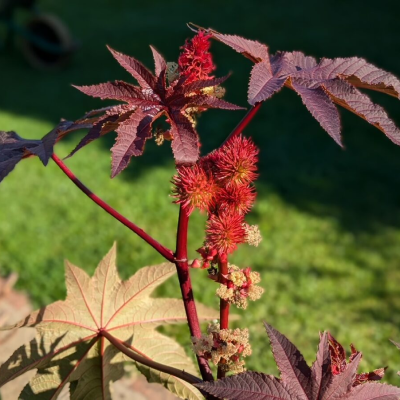
Properties : Anti-inflammatory, analgesic, and Vata-pacifying.
Uses: Castor oil derived from Eranda is often used in both internal and external applications. It can reduce inflammation and lubricate joints, especially useful in conditions aggravated by Vata.
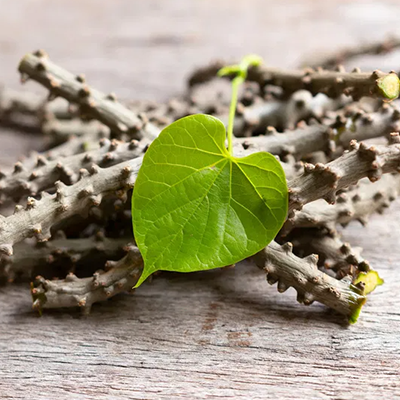
Properties : Anti-inflammatory, immunomodulatory, and detoxifying.
Uses : Guduchi helps in reducing joint inflammation and has immune-boosting properties.
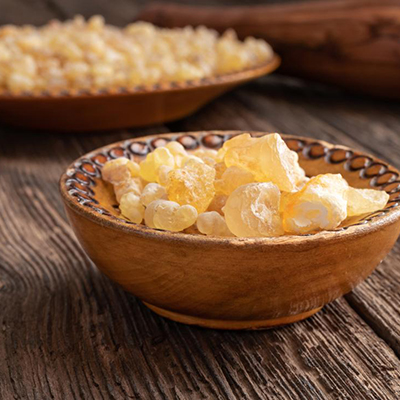
Shallaki (also known as Boswellia) is effective in reducing joint inflammation and improving mobility. It is beneficial in treating chronic joint conditions like sacroiliitis.
Use : 500 mg to 1 gram of extract, usually twice daily, in capsule form or as directed.
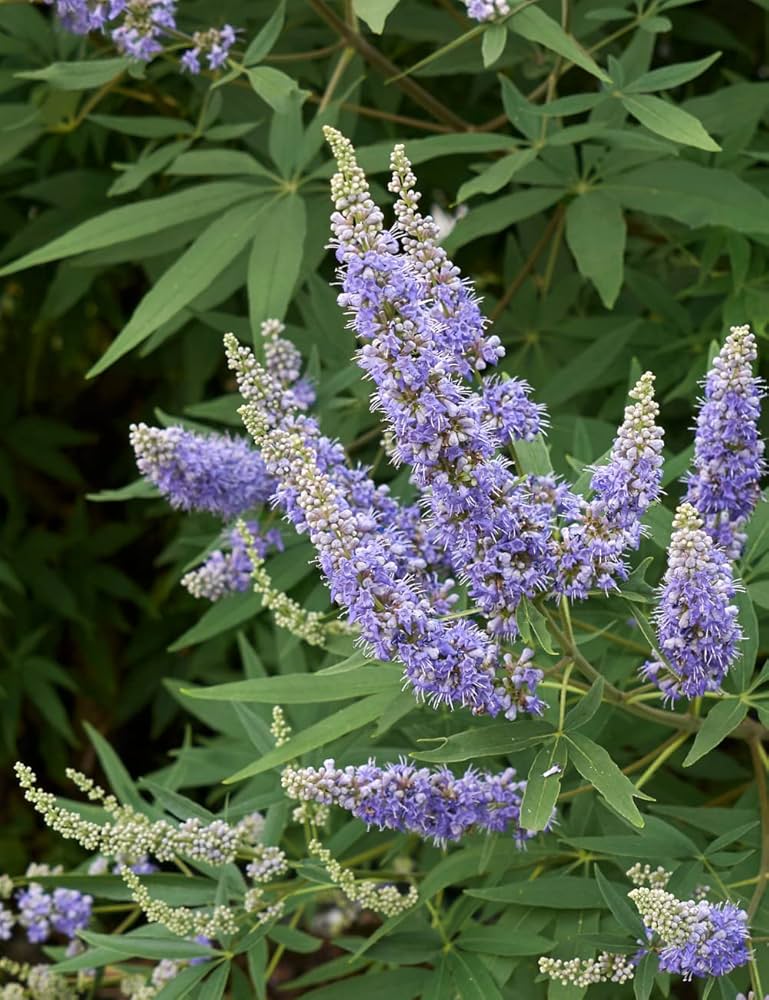
Nirgundi is often applied as an oil or paste over the affected area for immediate pain relief and to reduce inflammation. It can also be taken internally as a decoction or powder to aid in overall joint health.
Use : Nirgundi oil can be applied externally on the lower back. Internally, it can be taken as 500 mg to 1 gram of powder twice daily, as directed.
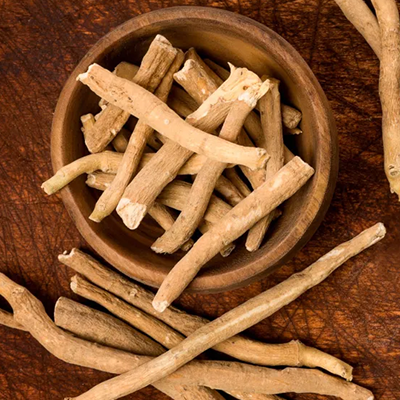
Ashwagandha helps in reducing inflammation, strengthens muscles, and supports joint health. It is also beneficial in managing stress, which can aggravate Vata.
Use : Typically taken as a powder (churna) or tablet, 500 mg to 1 gram daily, or as directed by an Ayurvedic practitioner.
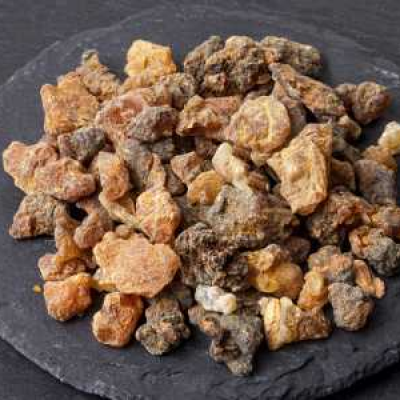
Properties : Anti-inflammatory, analgesic, and rejuvenates.
Use : Guggulu is highly effective in reducing inflammation and pain in joints. Formulations like Yogaraj Guggulu and Simhanad Guggulu are commonly used to relieve stiffness, swelling, and pain in sacroiliac joints.
Dosage : Usually taken in tablet form, 1-2 tablets twice a day, or as prescribed.
